History of Shelter Records
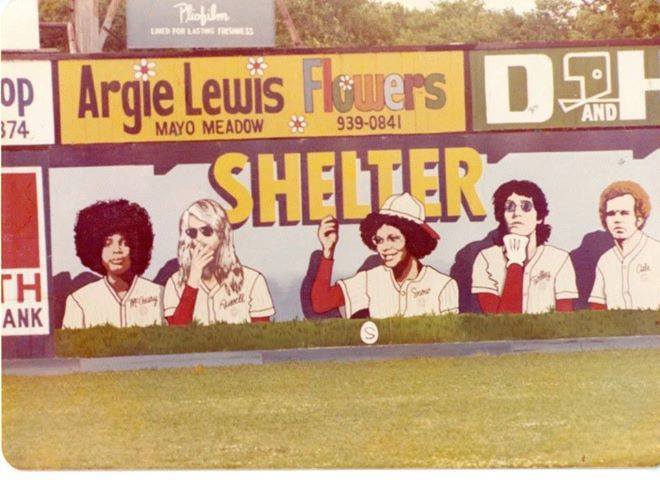
Shelter Records was started by Leon Russell and Denny Cordell. The label operated from 1969 to 1981. The company established offices in Los Angeles and in 1972; set up in Tulsa, Oklahoma at The Church Studio. In Tulsa, the label’s mission was to foster an environment described as a “workshop atmosphere” with a recording studio in the converted church. Leon also purchased adjoining and nearby houses for artists working at the studio, to be used as crash pads between sessions. Leon remained with Shelter until 1976, when he and Cordell decided to part ways.
In addition to Russell, the label signed other talents, such as Tulsa Sound artists J. J. Cale, Dwight Twilley Band and the Gap Band, as well as Alan Gerber, Jesse Barish (of Jesse, Wolff and Whings), Don Nix, Freddie King, Tom Petty & the Heartbreakers, Phoebe Snow, Richard Torrance and Eureka, Willis Alan Ramsey, and the Grease Band. Shelter Records also released “Duppy Conqueror”, the first American single by reggae artist Bob Marley.
The label experienced many problems. One major concern was in reference to the logo and icon. This was targeted at the inverted “Superman” emblem inside an egg. Does it look familiar? Yes! Not sure what the boys were thinking but D.C. Comics, the owners of the Superman copyright, thought it was an infringement and won a settlement at which time Shelter had to place a black rubber stamped box or bar over the iconic “S.”
The logo is being revitalized in 2017 as you can see in the last image. Will be fun to track the next chapter of this iconic brand.


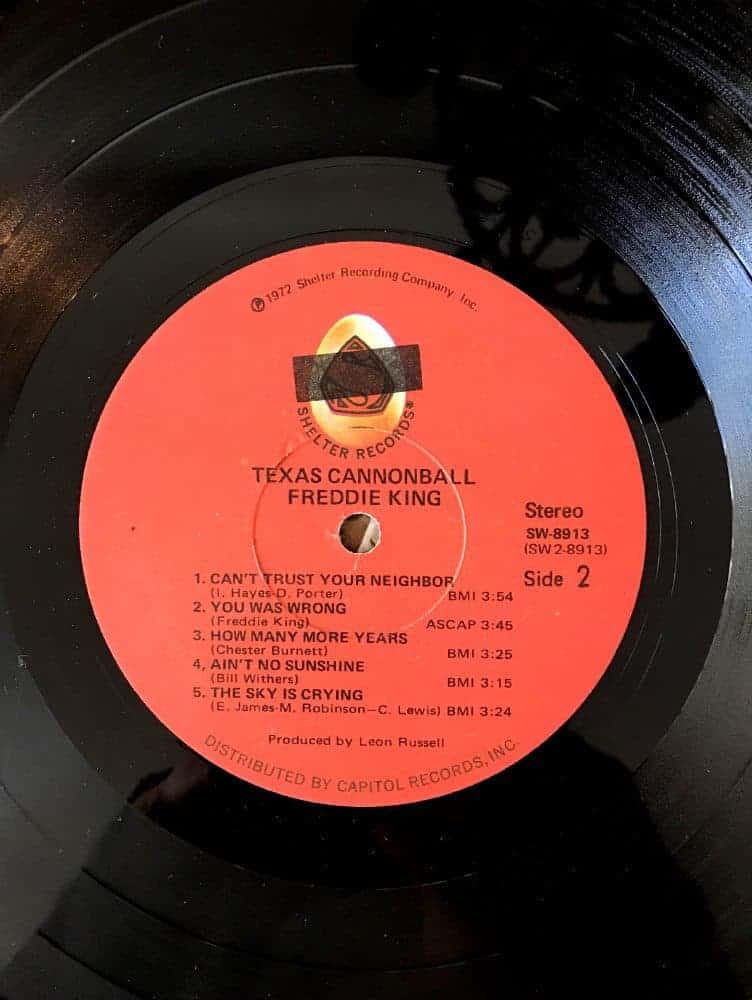

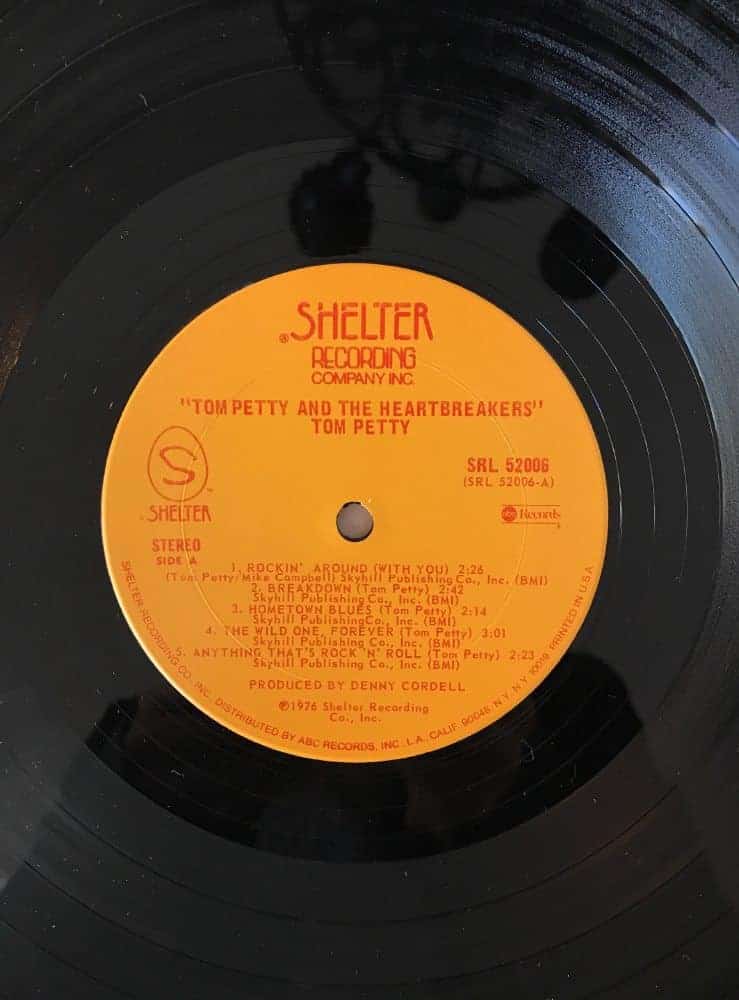
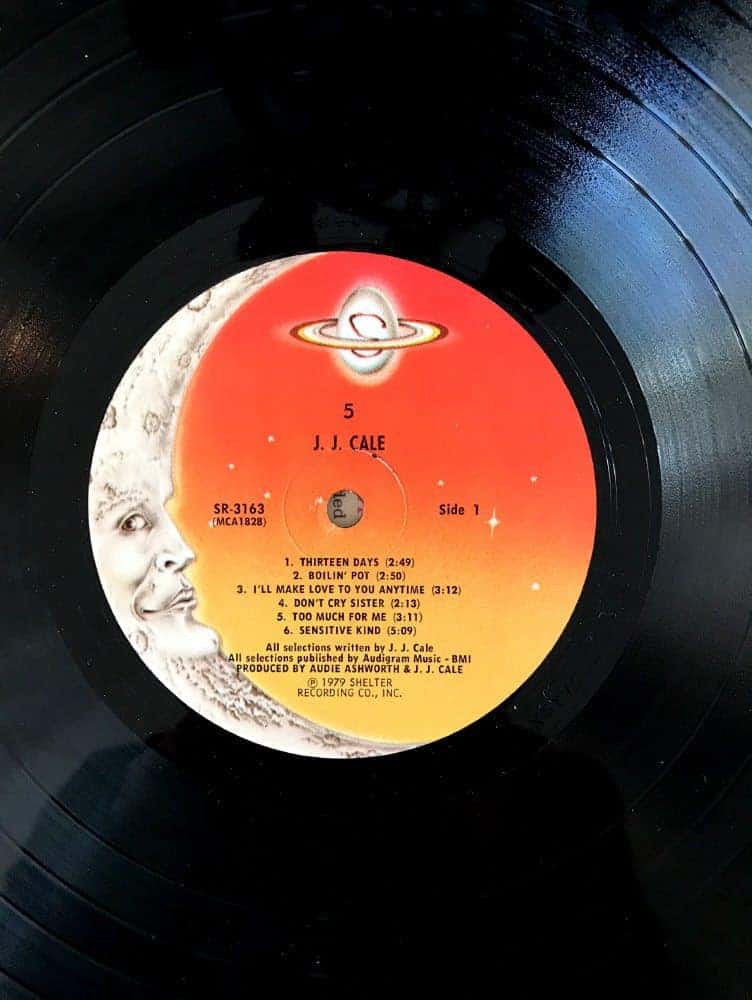
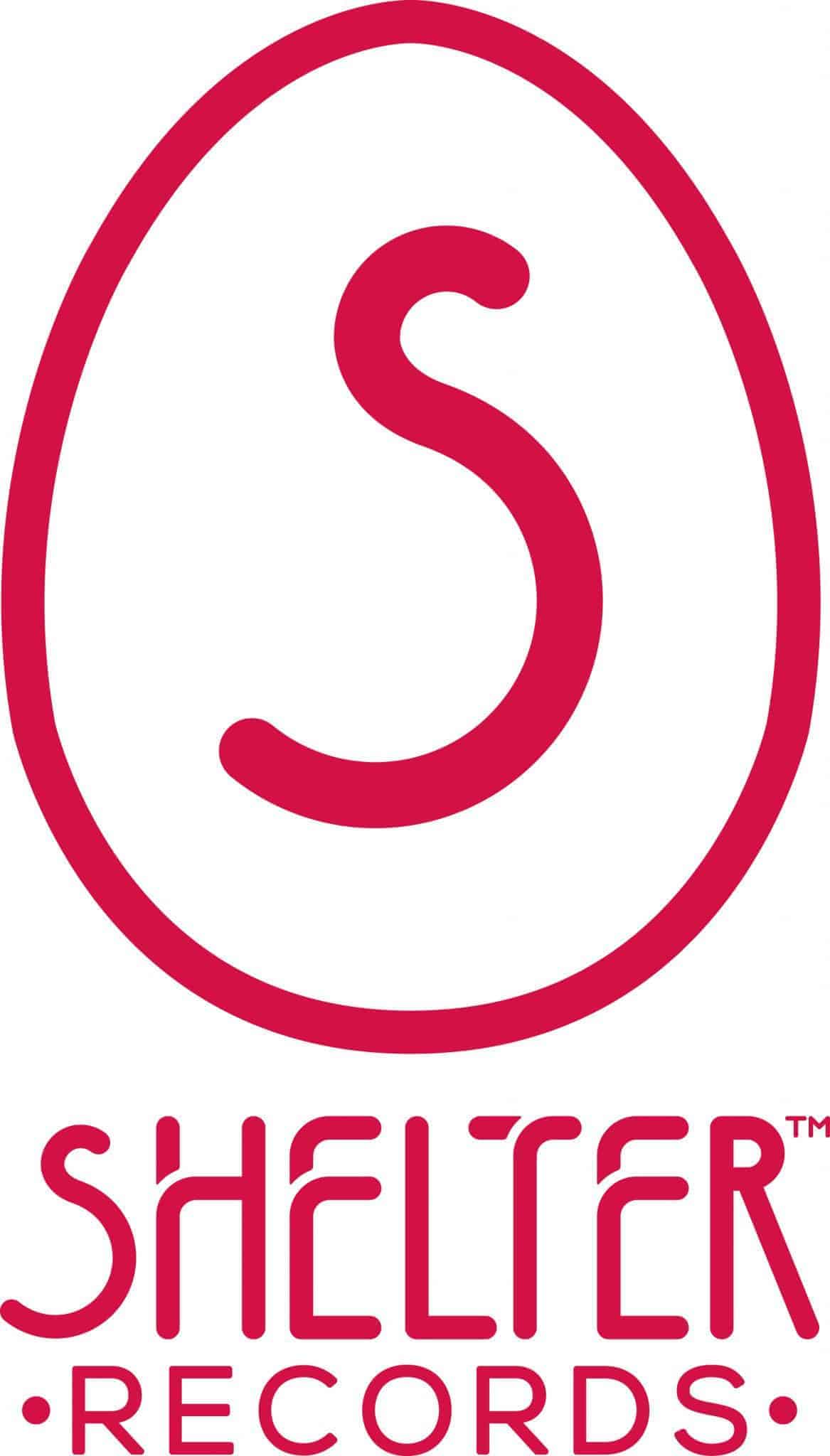
In High school in the 70s we had a Church 101 field trip for 5th & 6th hour when needed We would set up on the church green smoked while chatting the whens & wheres waiting for anyone to come out, if they where even there . The vigilance payed off at times, I did get to share a smoke with JJ Cale & Elvin Bishop once as they chatted about how the music biz really wasn’t the magic they were told, which at that that time plum evaded me and was able to chat with Emy Lou once about Bangladesh on the green enjoying a cool breeze and a libation
The church is the second cobble stone only to the first being the day Brother Leon set my feet firmly on my rock-n-roll road long ago that has served me well
Thank You for keeping this noble cause alive
Greetings! Thank you for sharing such amazing stories! What a treat to be able to go thru the church during a field trip!! I wish I had attended your school! 🙂 Appreciate you taking the time to weigh-in. Would love to know what Sweet Emily said about the Concert for Bangladesh. Once the church is complete, you’ll have to come see our archives. You’ll enjoy them! PS….sorry for late response. Your comments were stuck in our platforma and I only just noticed!
Hi!
From the looks of things, you’re well on your way to making Leon’s dream continue on. Looking at the pictures, I can’t help but be reminded of Columbia’s 30th Street studio in New York, in the old Armenian church. Wonderful acoustics. Rumor has it that Mitch Miller refused to allow the floors to be mopped. Only dusted. There’s just something about these spaces that make them sound so grand!
And so it is with the house Leon built. Not only the man himself, but others like Tom Petty & the Heartbreakers, GAP Band, JJ Cale, and Phoebe Snow. All of the recordings that were made inside those walls just jump out of the groove and stand in front of you. This is but a testament to the detail that was a part of the work that was done there. Not to mention the fine people who put their time in there as well. Yes, the gear was top notch which was a great contribution to the sound. But the folks there knew how to make it sing. Even when the mix got thick and dense, it never sounded cluttered. There was a great magic that took place there, and you could hear it on just about any record with the Shelter label.
As to getting the studio back up… I don’t really know what you might have in mind for gear, but I’ve been doing some observing, especially on the analog side of things. For tape machines, Chris Mara runs a place in the southeast called, “Welcome to 1979”, and also refurbishes MCI machines in 1 through 16 track configurations. If you are desiring to move up to Studer, you would do well to check out a fellow by the name of Tim De Paravicini. Tim has a credo that a properly set up machine shouldn’t have a “sound” to it. In the realm of disc recording, the concrete floor might seem an inviting place for a lathe, but for the possibility of vibrations (think semi truck) being carried through. If there is truck traffic, that’s an experiment you can run yourself by seeing if you can feel it when a truck goes by. If you do decide to farm out the vinyl mastering work, there are a couple of places set up for the task. It all depends upon which lathe you want to have the lacquer cut on, and who you entrust this work to. Blue Heaven in Salina KS has a Neumann lathe with an Ortofon cutter. Aardvark Mastering in Denver CO has a Scully lathe and a plethora of heads, and of course a Westerex Stereodisk 3A. Both have a web presence, though Aardvark seems to be a little more folksy on their site.
As to digital gear, that’s about as ubiquitous as air these days. I will mention that the recent push toward higher sampling rates is indeed a step in the right direction. It seems as though recording engineers know things the mathematicians say ain’t so!
I wish you well in your endeavor to continue on the legacy of Leon!!! Major kudos!!!
Sarah
Wow! Love your knowledge and passion! Thanks for the tips and for weighing-in! And…thank you for the gracious comments and kudos.
Not so much a comment, but a highly esoteric question. I’m looking for an answer from anyone who knew him well enough to know if Leon was a fan of Oscar Peterson. Not something I really need to know of course, but my reason for asking is that I was drawn into some YouTube videos one evening (you know what I mean) and four minutes and 13 seconds into Leon’s 1971 live version of Shoot Out On The Plantation medley he plays a couple of bars of the tune Holiday For Strings. The David Rose Orchestra released a version of this tune in the ‘40s. Oscar Peterson recorded his rendition of Tea For Two in 1951 and plays that same couple of bars at one minute and 44 seconds into his three minute and six second recording. Coincidence? Perhaps, but I’m thinking Leon may have borrowed this from Oscar. At any rate, I’m a fan of them both.
p. s. I have yet to come into the studio to visit, but will do so at some point. The curb appeal is absolutely fantastic. If I wore a hat, it would be off to you.